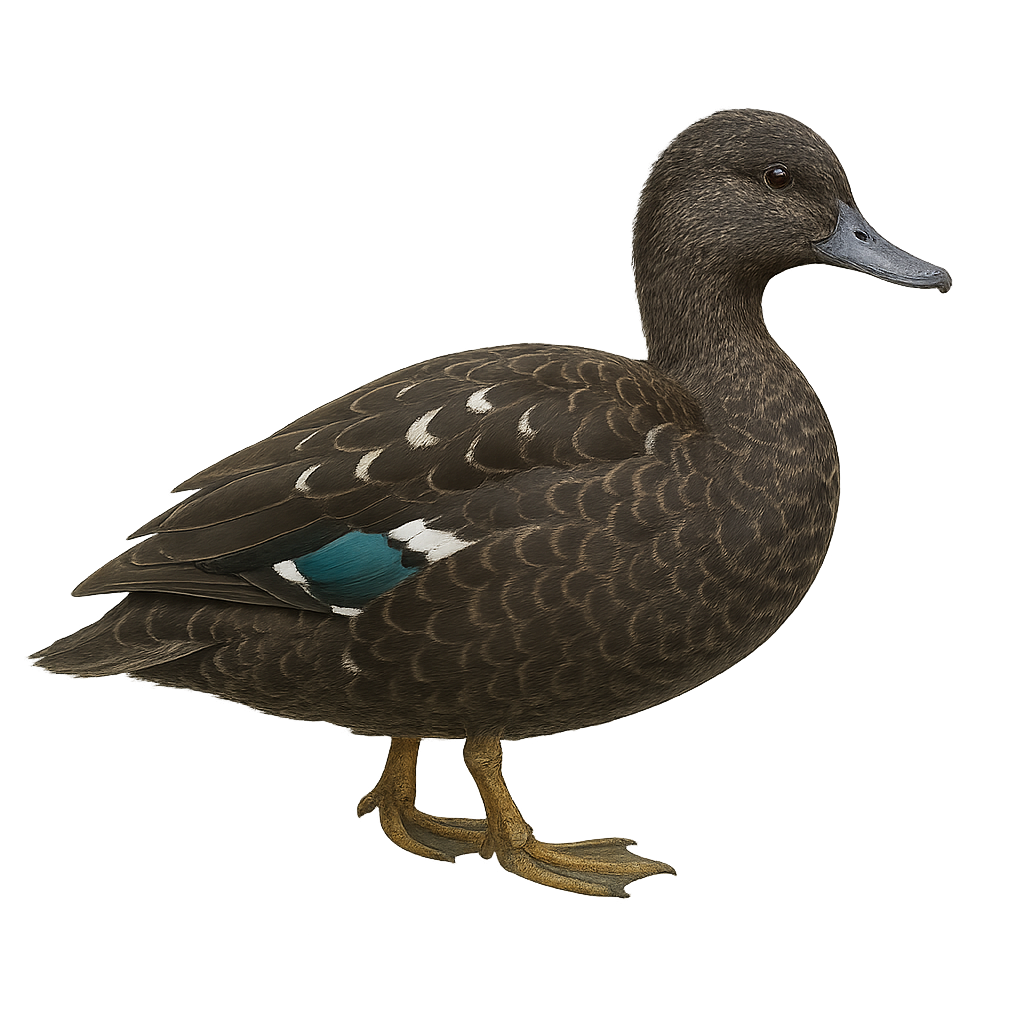Your wildlife photography guide.
Explore the african black duck in detail, study its behavior, prepare your shots.
Where to observe and photograph the african black duck in the wild
Learn where and when to spot the african black duck in the wild, how to identify the species based on distinctive features, and what natural environments it inhabits. The WildlifePhotographer app offers tailored photography tips that reflect the african black duck’s behavior, helping you capture better wildlife images. Explore the full species profile for key information including description, habitat, active periods, and approach techniques.
African Black Duck
Scientific name: Anas sparsa

IUCN Status: Least Concern
Family: ANATIDAE
Group: Birds
Sensitivity to human approach: Suspicious
Minimum approach distance: 10 m
Courtship display: May to July
Incubation: 28-30 jours
Hatchings: June to August
Habitat:
Rivers, streams, lakes, wetlands
Activity period :
Primarily active during the day, with peak activity in the morning and late afternoon.
Identification and description:
The African Black Duck, or Anas sparsa, is a medium-sized waterfowl known for its dark plumage and distinctive white wing markings. This duck is often found in fast-flowing rivers and streams in the mountainous regions of sub-Saharan Africa. Well adapted to its environment, it prefers swift waters where it can dive for small invertebrates and aquatic plants. Its discreet behavior and dark coloration allow it to blend into the shadows of waterways, making it difficult to spot. Although generally solitary or in small groups, it can sometimes be seen in pairs, especially during the breeding season.
Recommended lens:
400mm – adjust based on distance, desired framing (portrait or habitat), and approach conditions.
Photography tips:
To photograph the African Black Duck, it is advisable to use a telephoto lens of at least 400mm to capture detailed images without disturbing the bird. Look for shaded areas near rivers or streams where these ducks are likely to feed. Be patient and discreet, as their dark plumage makes them difficult to spot. A tripod can be helpful to stabilize your camera, especially in low-light conditions. Try to capture moments when the duck is diving or splashing to add dynamism to your photos.
The WildlifePhotographer App is coming soon!
Be the first to explore the best nature spots, track rutting seasons, log your observations, and observe more wildlife.
Already 1 431 wildlife lovers subscribed worldwide

